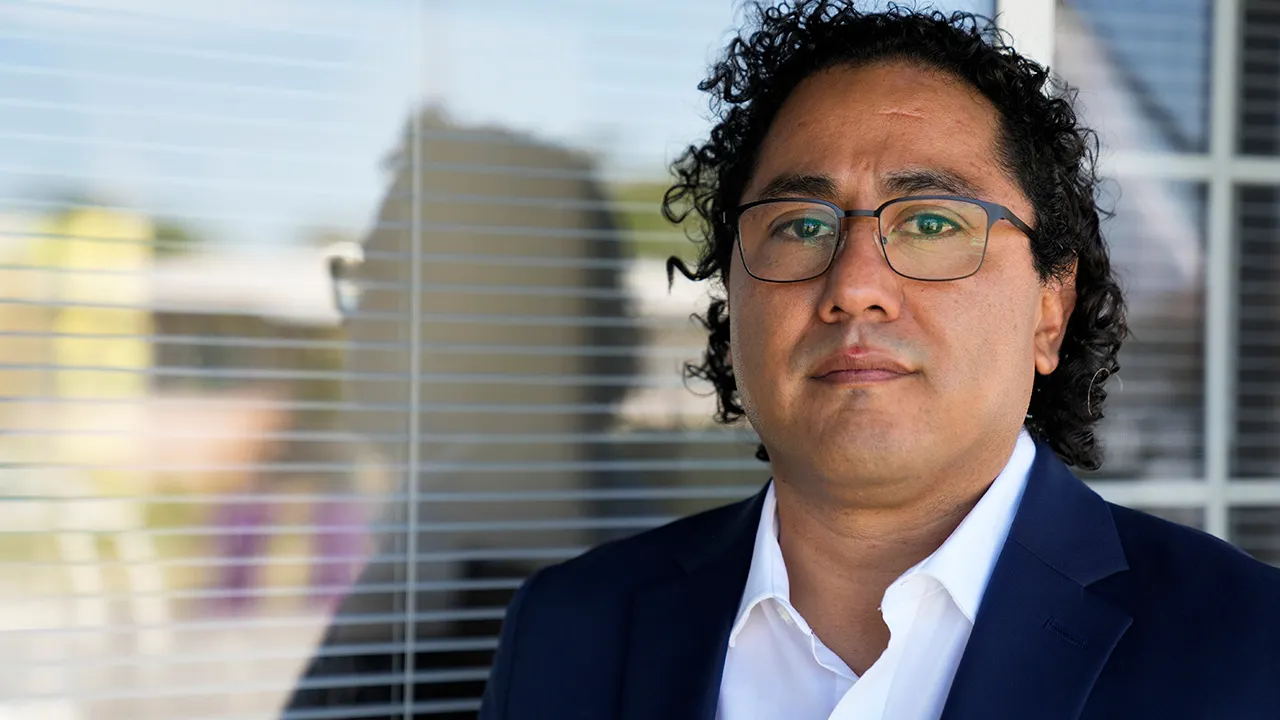Juvenile offenders in California might now have a better chance at rehabilitation instead of facing a mostly punitive sentence in a youth prison system that often only reinforced the patterns of neglect and violence that led many of them into trouble in the first place.
On Saturday, California shuttered its last three state-run youth lockups and passed day-to-day operations of juvenile halls to county probation departments. The plan decentralizes care of youth offenders and prioritizes keeping them closer to home in facilities focused less on punishment and more on reformation — all in hope of breaking “the school-to-prison pipeline,” as Gov. Gavin Newsom put it in 2020.
But will it be enough?
Advocates say the move away from a punitive approach reflects their belief that children who commit crimes are better served in settings that emphasize education, mental health care and other supportive services.
But supporters and skeptics alike say there is still plenty of uncertainty ahead.
CALIFORNIA REPARATIONS TASK FORCE CALLS FOR ELIMINATING CHILD SUPPORT DEBT FOR BLACK RESIDENTS
The state-run system had a troubled history marked by inmate suicides and brawls, as well as allegations of physical and sexual abuse by staff members. And more recently, state facilities had been reserved for the worst offenders — young people who had committed murder, assault and other serious crimes.
“At the local level we just don’t have the programs and services, or the culture, that’s ready to handle to the kids with real needs, those dealing with serious trauma,” said Frankie Guzmán, director of the California Youth Justice Initiative at the National Center for Youth Law. He himself spent six years in California’s youth prisons for armed robbery.
Jose, a 21-year-old who spent nearly two years in a state-run juvenile hall in the San Francisco Bay Area, described a facility where classes and treatment programs were frequently canceled because of staffing shortages. Fights were…
Read the full article here







